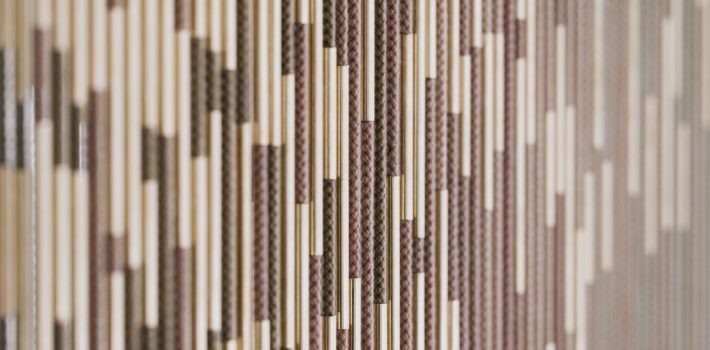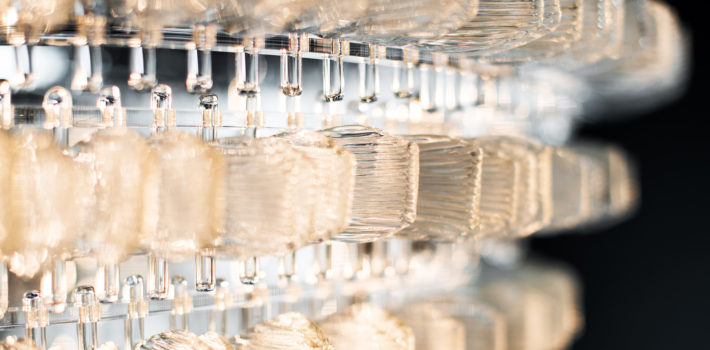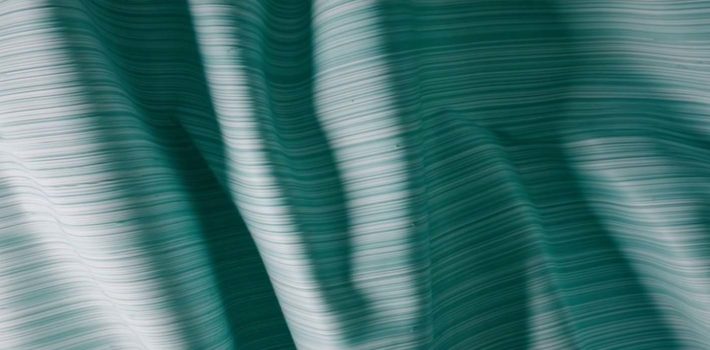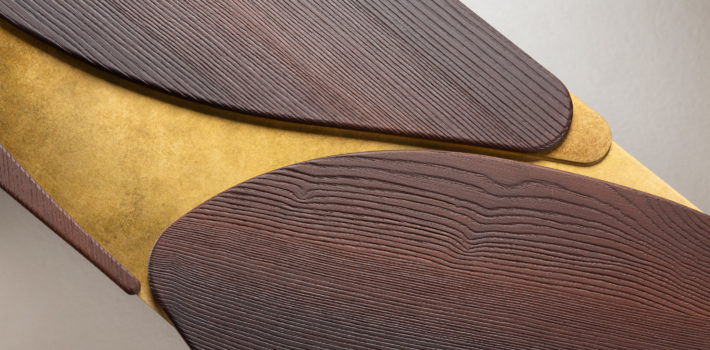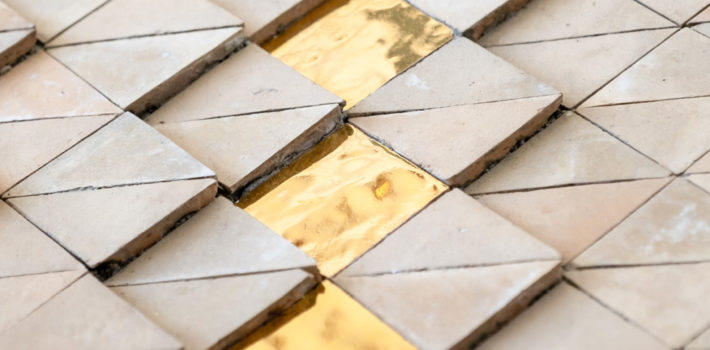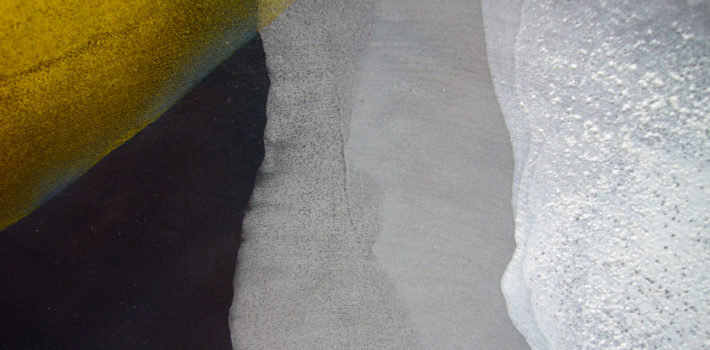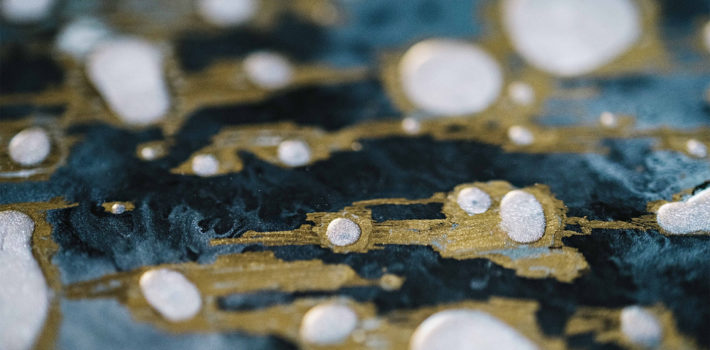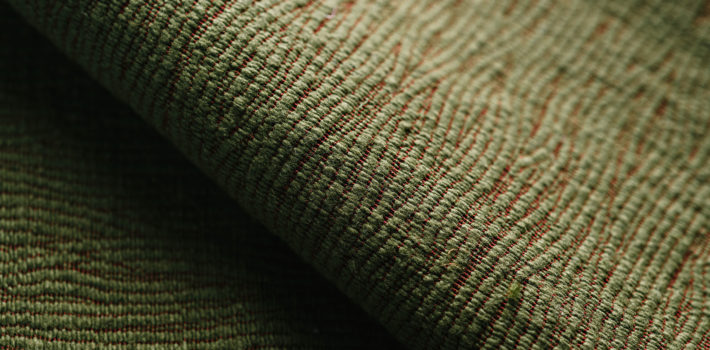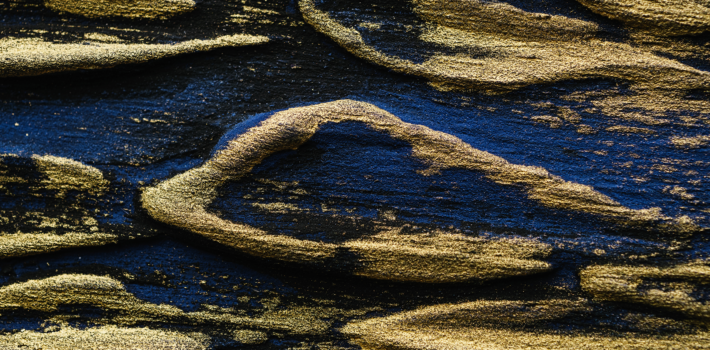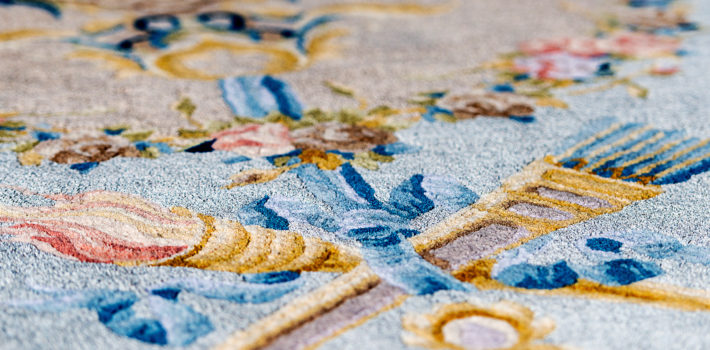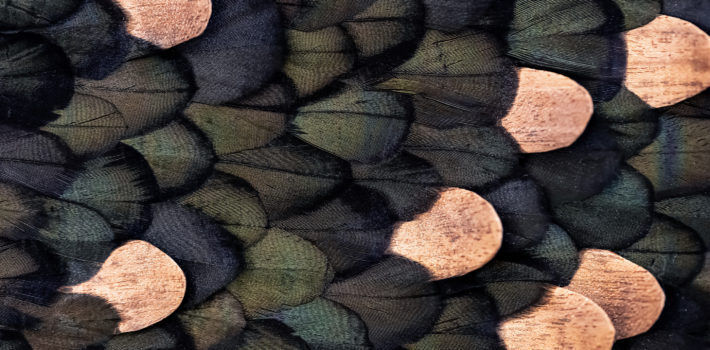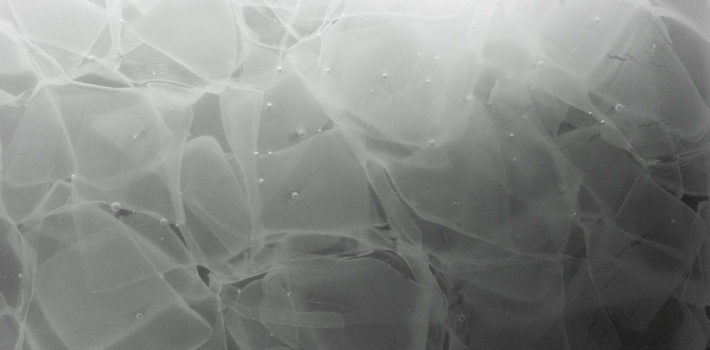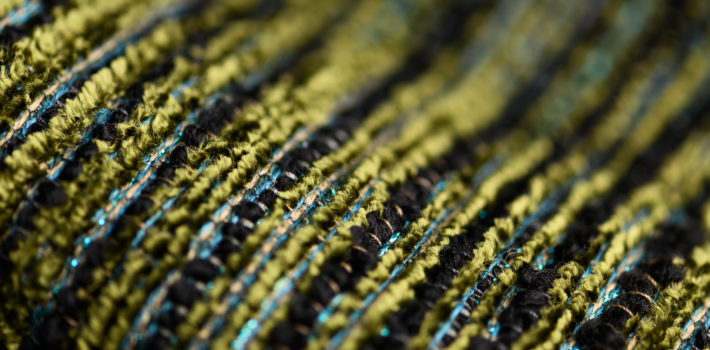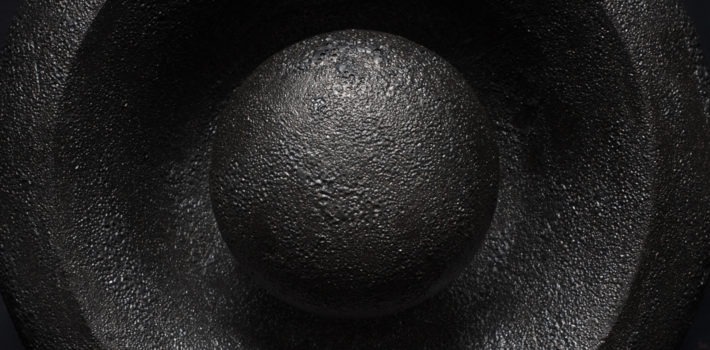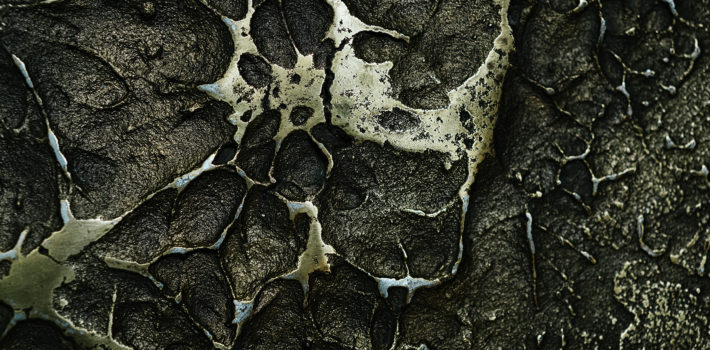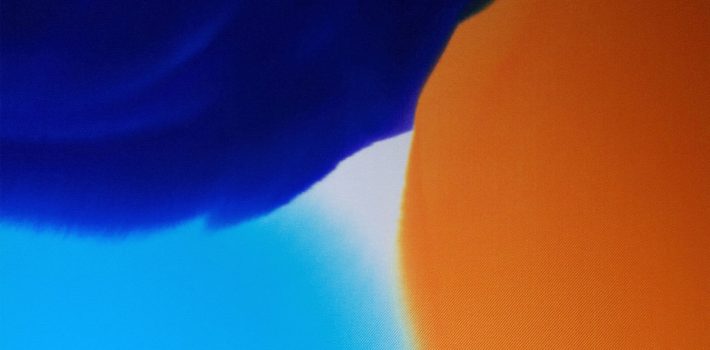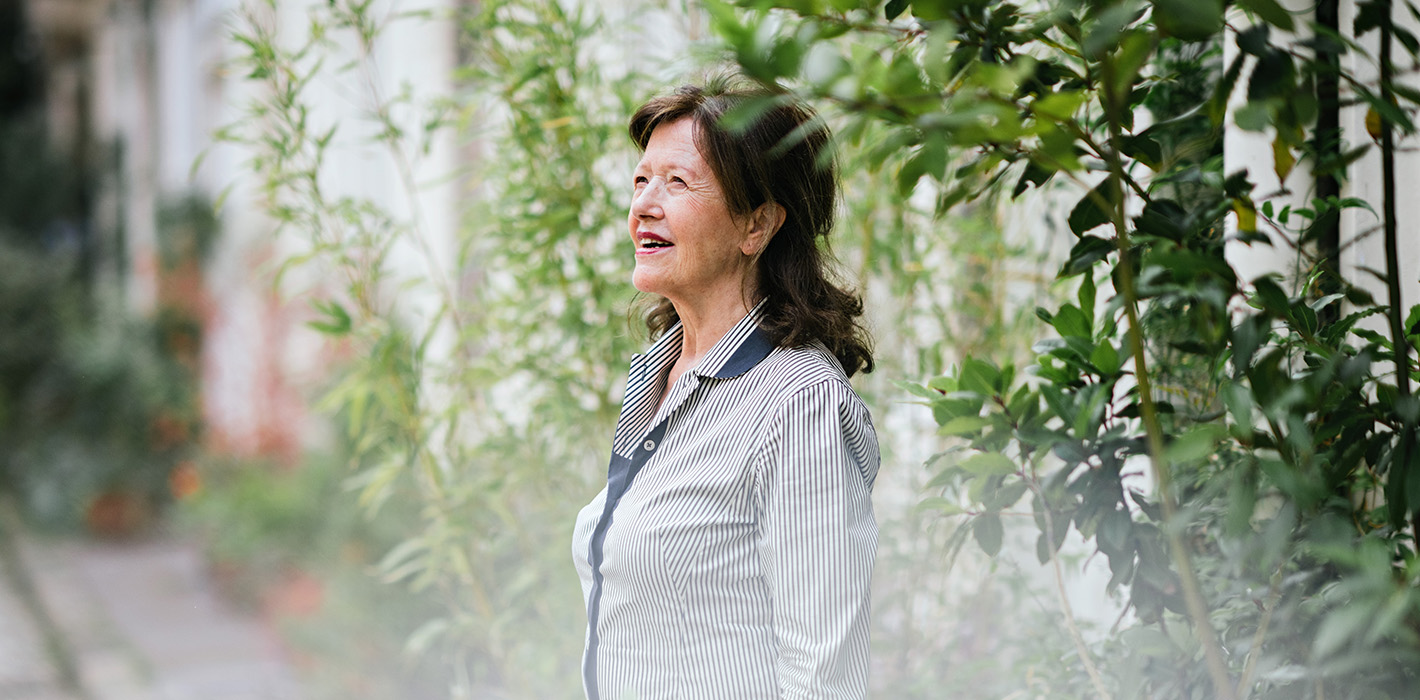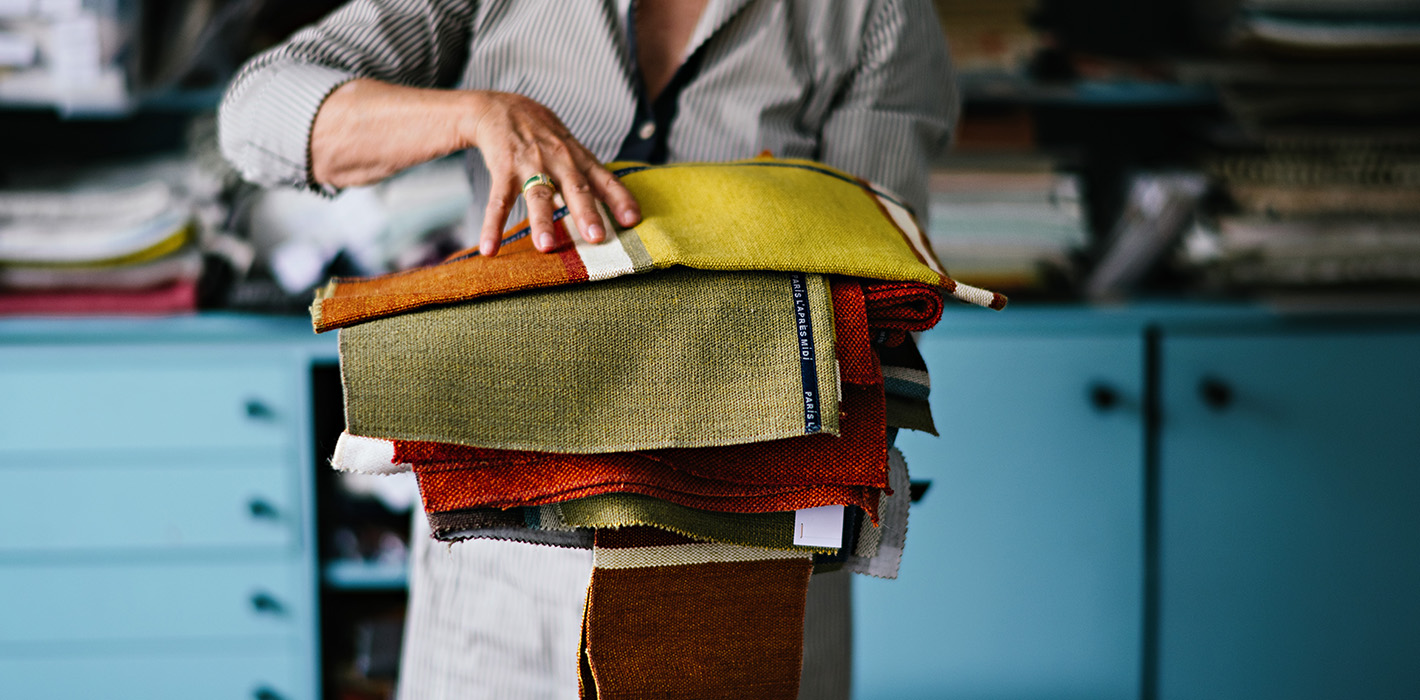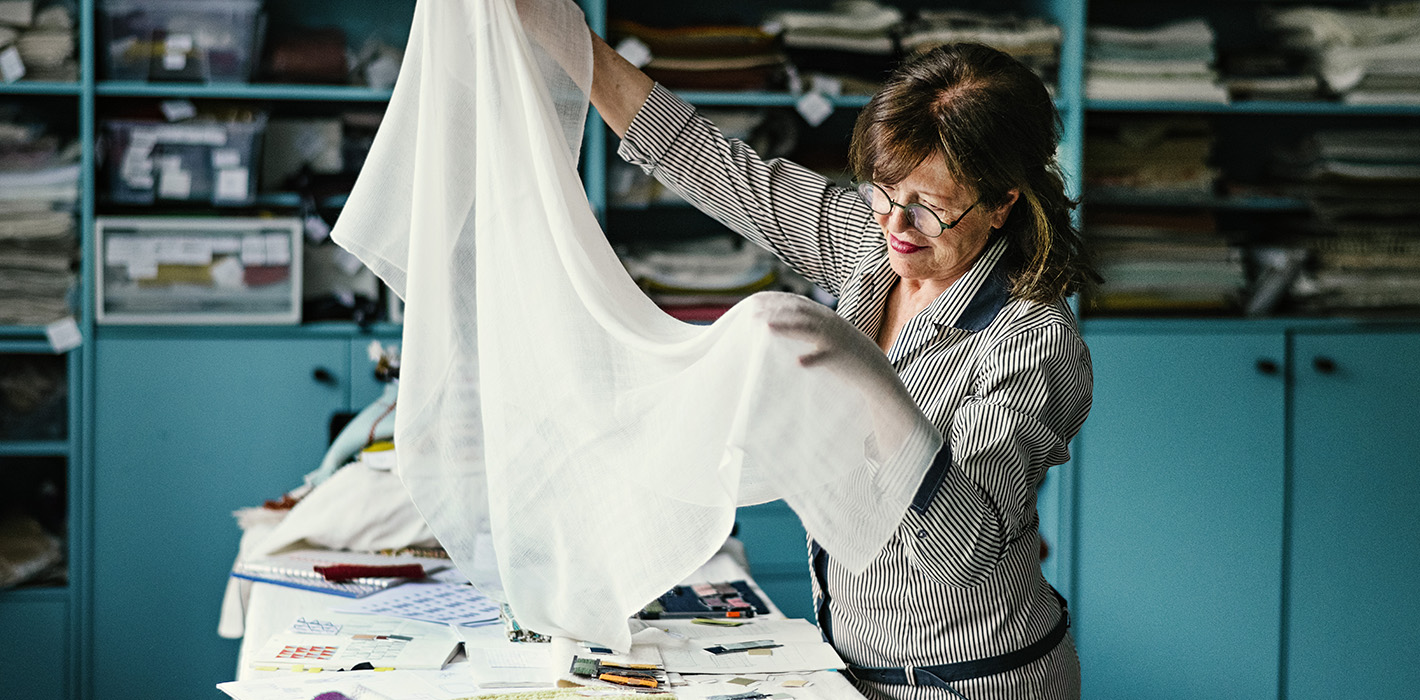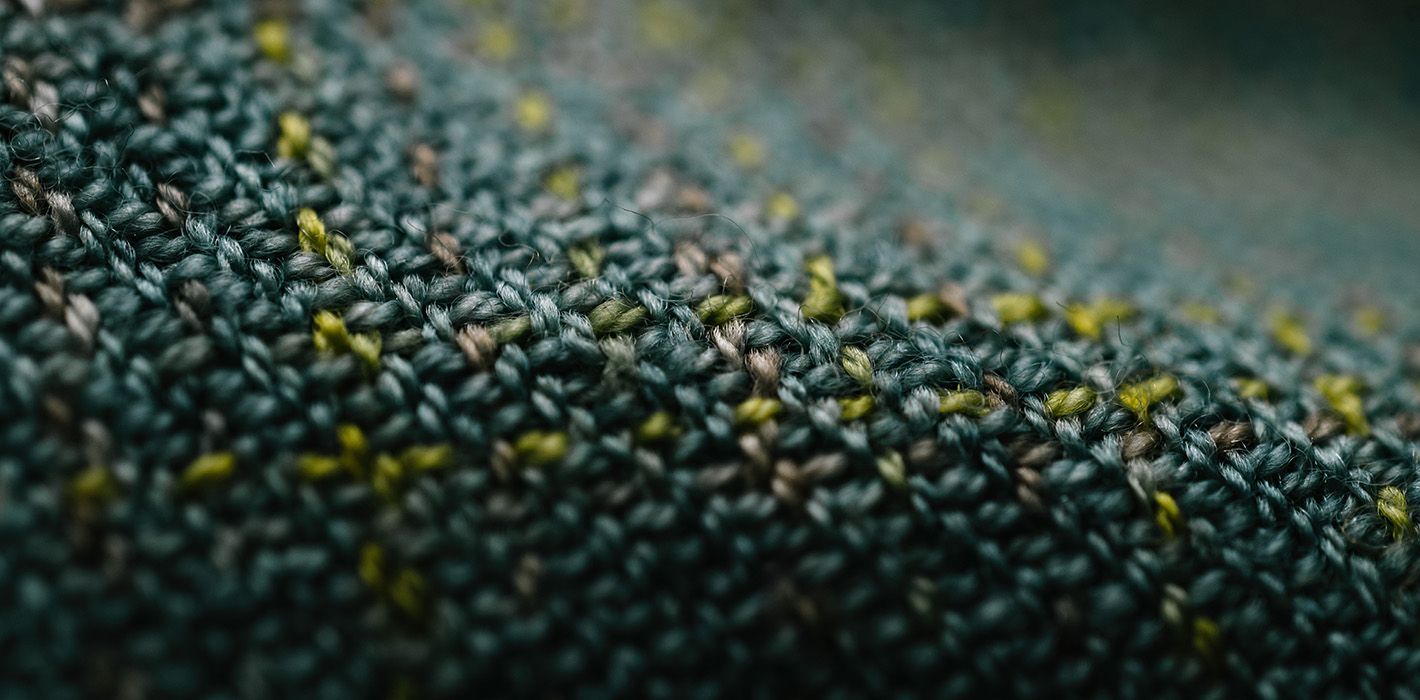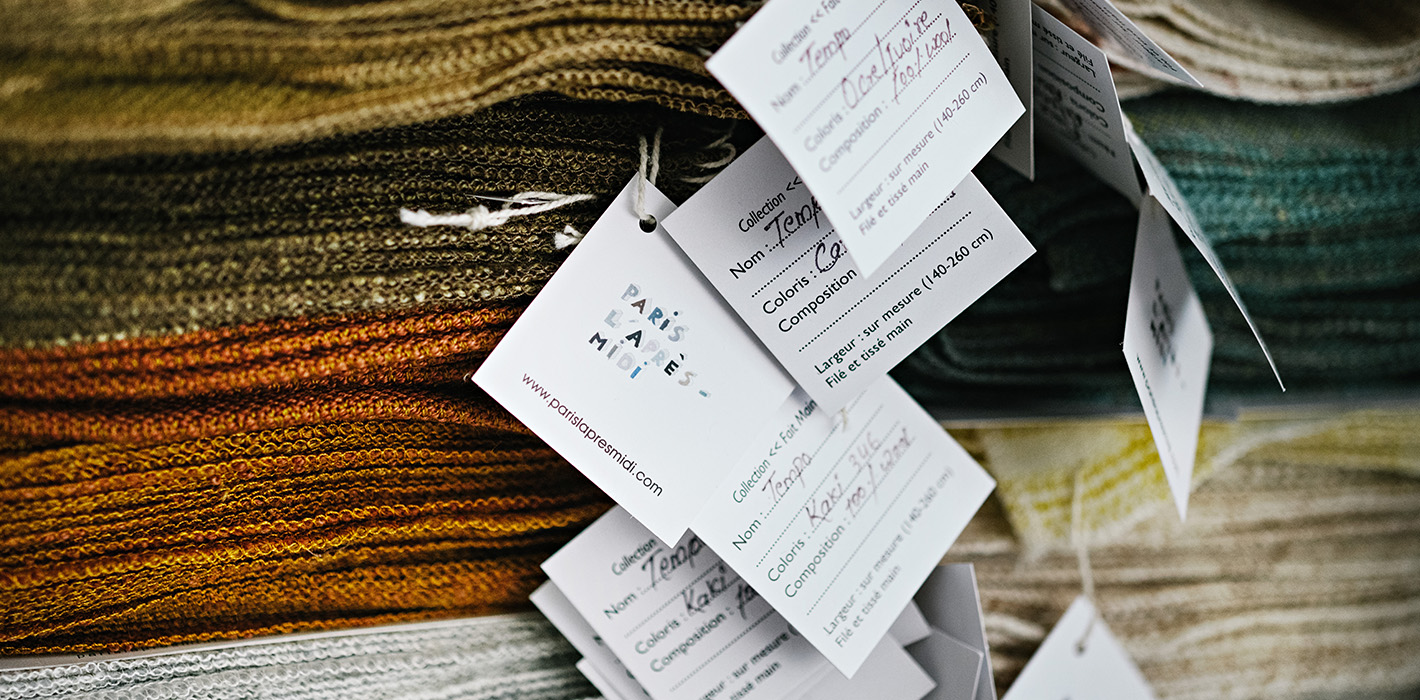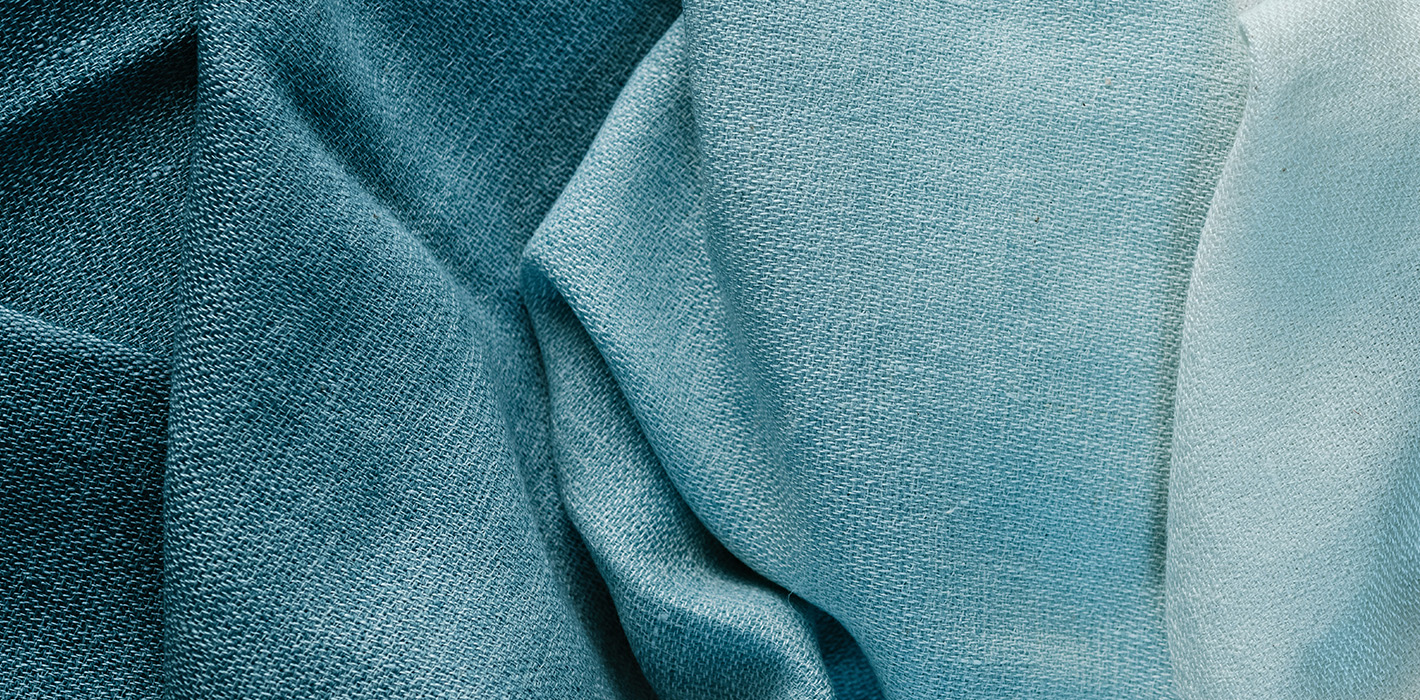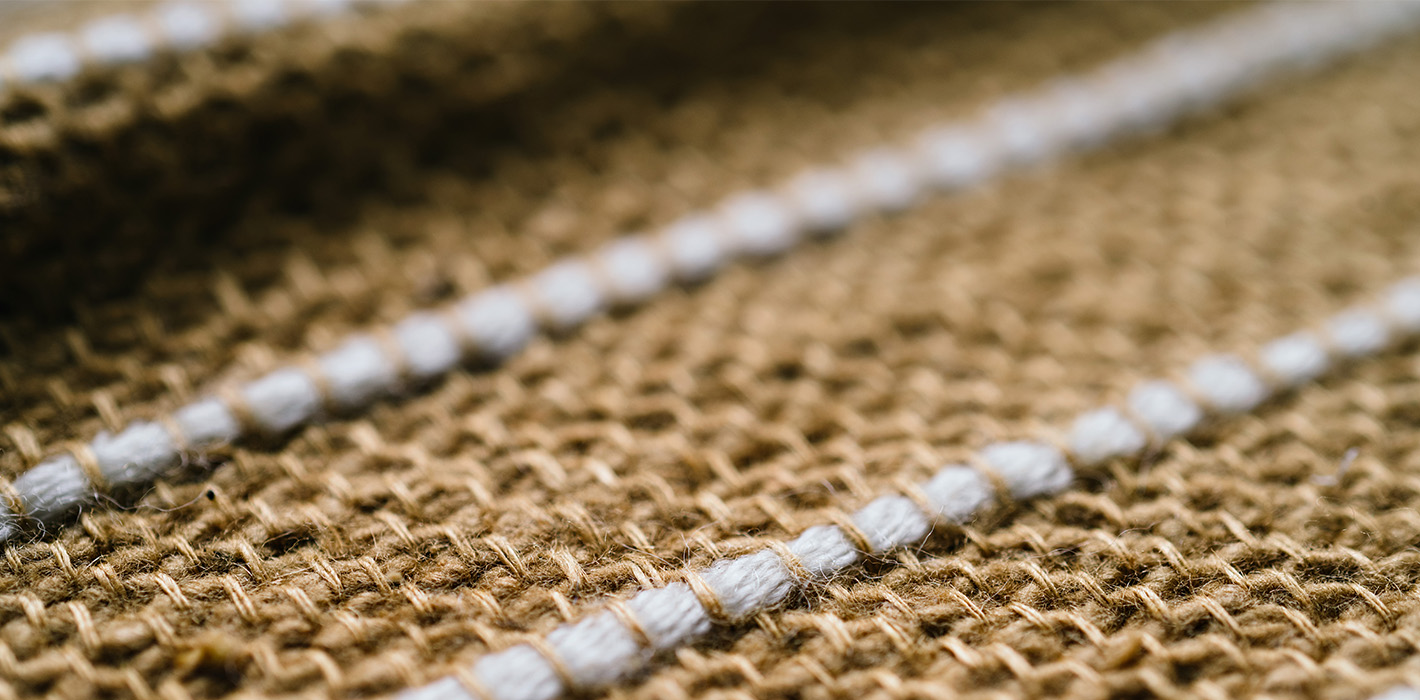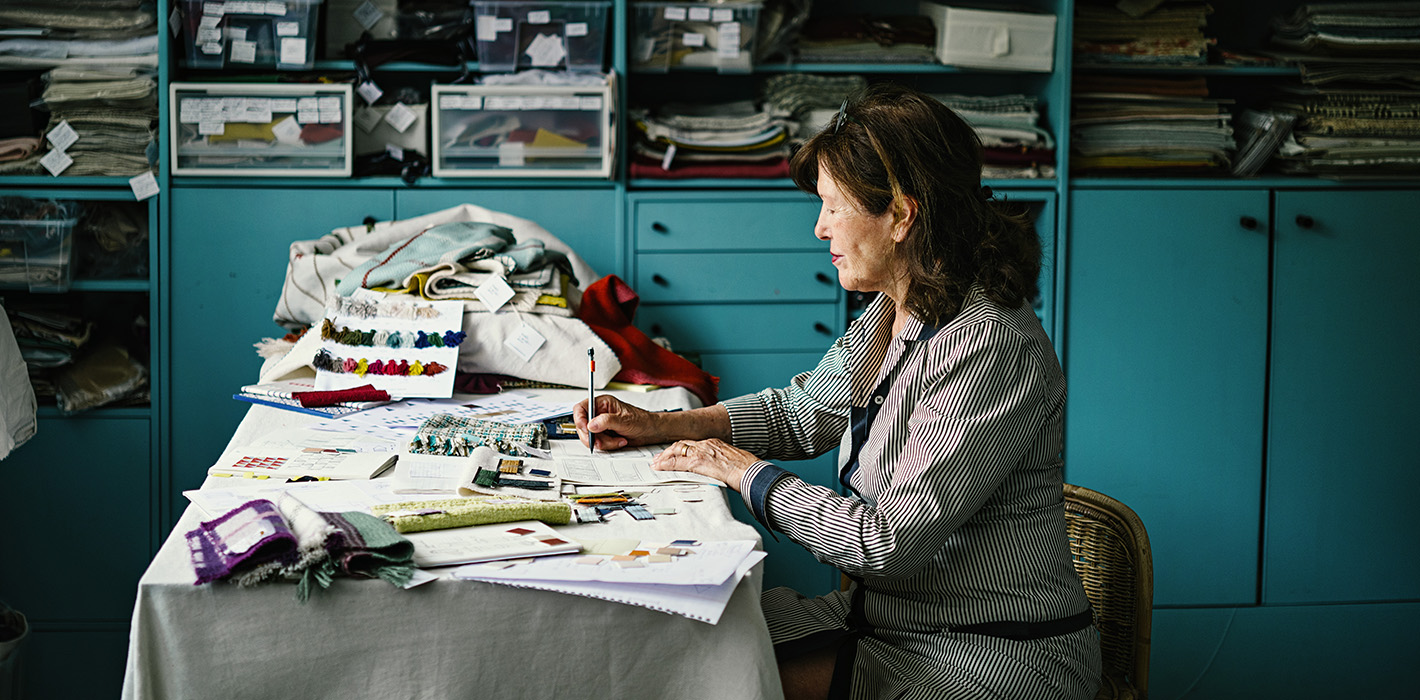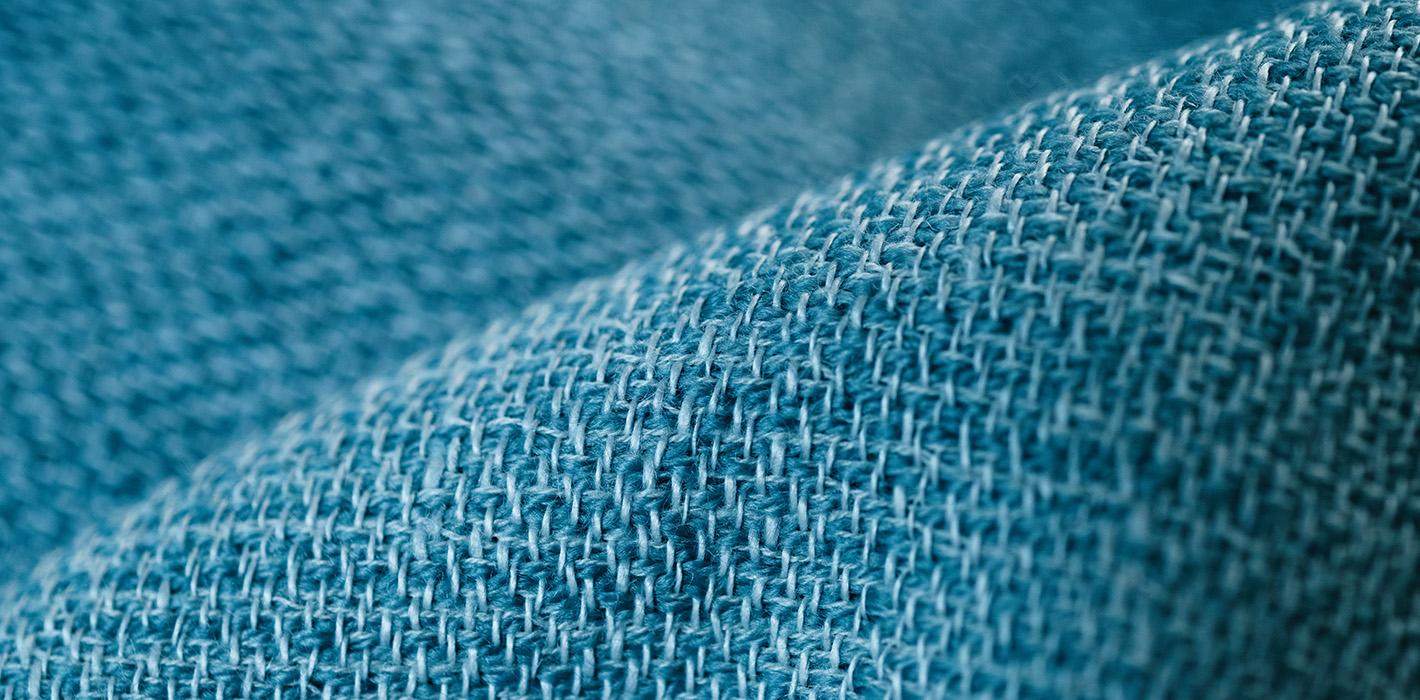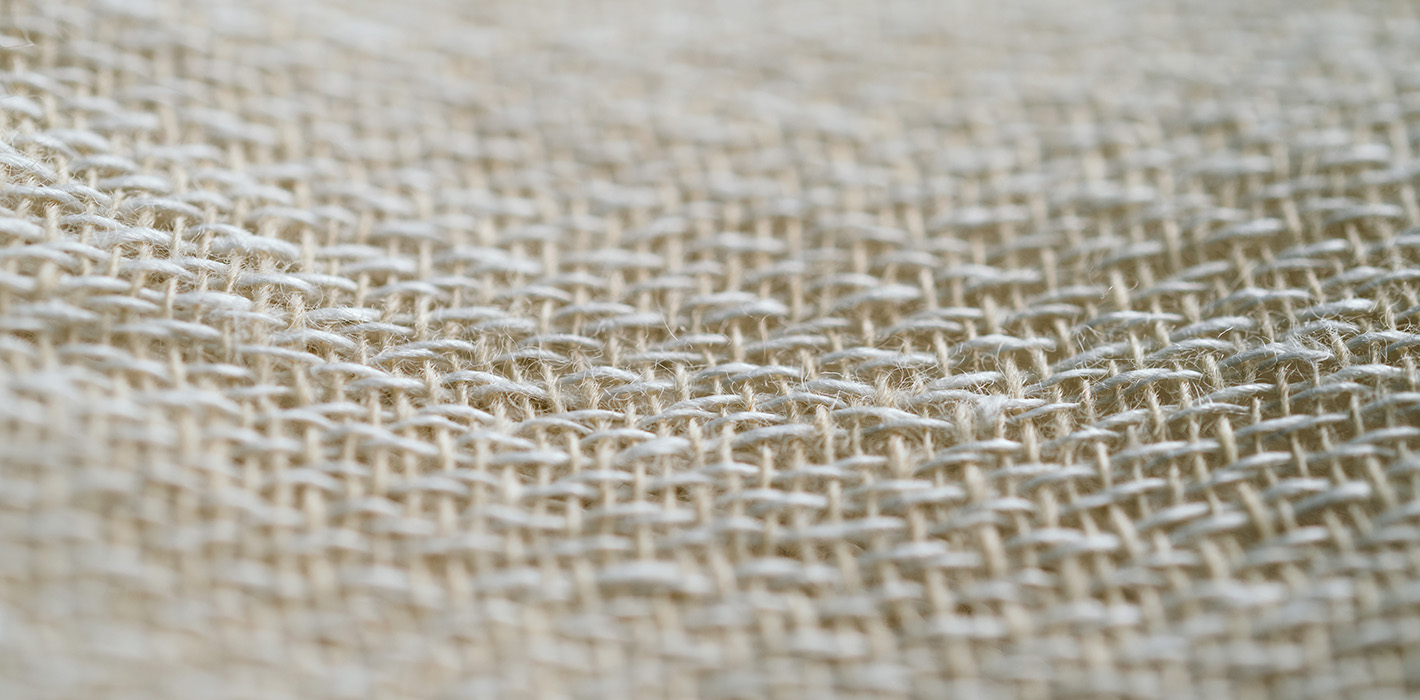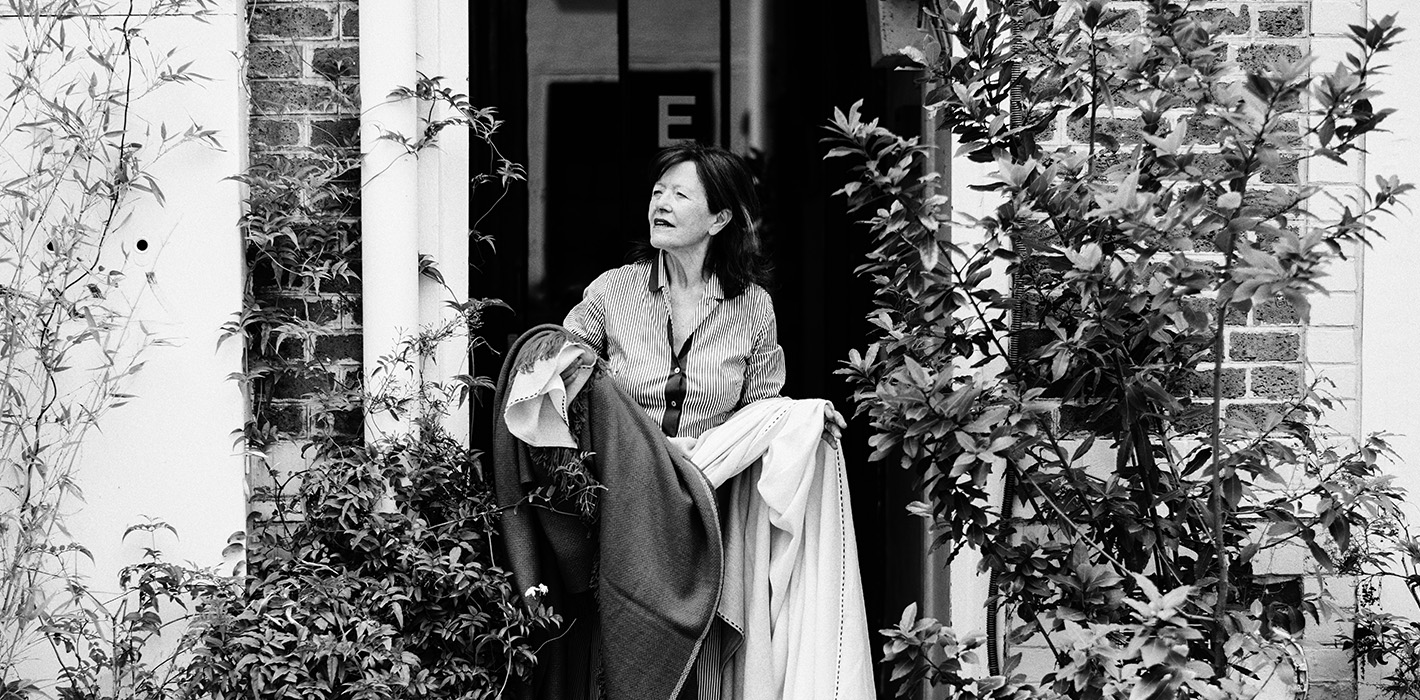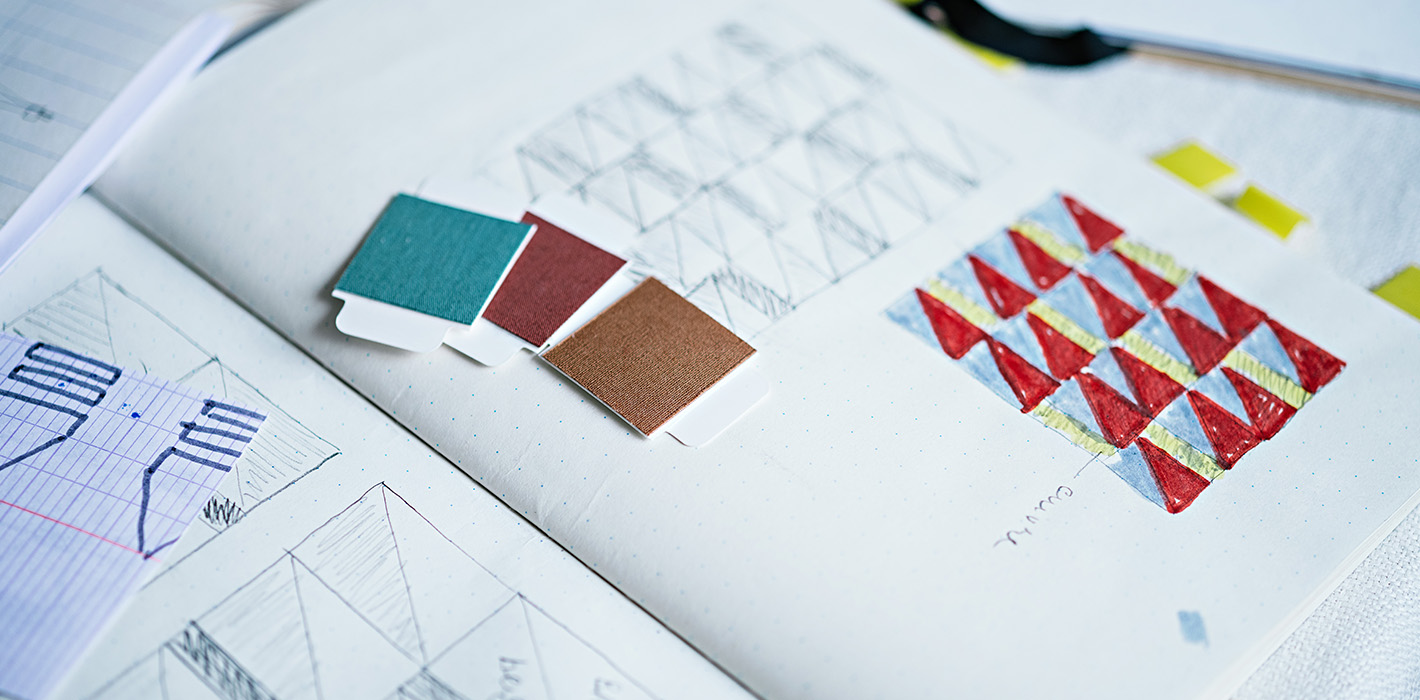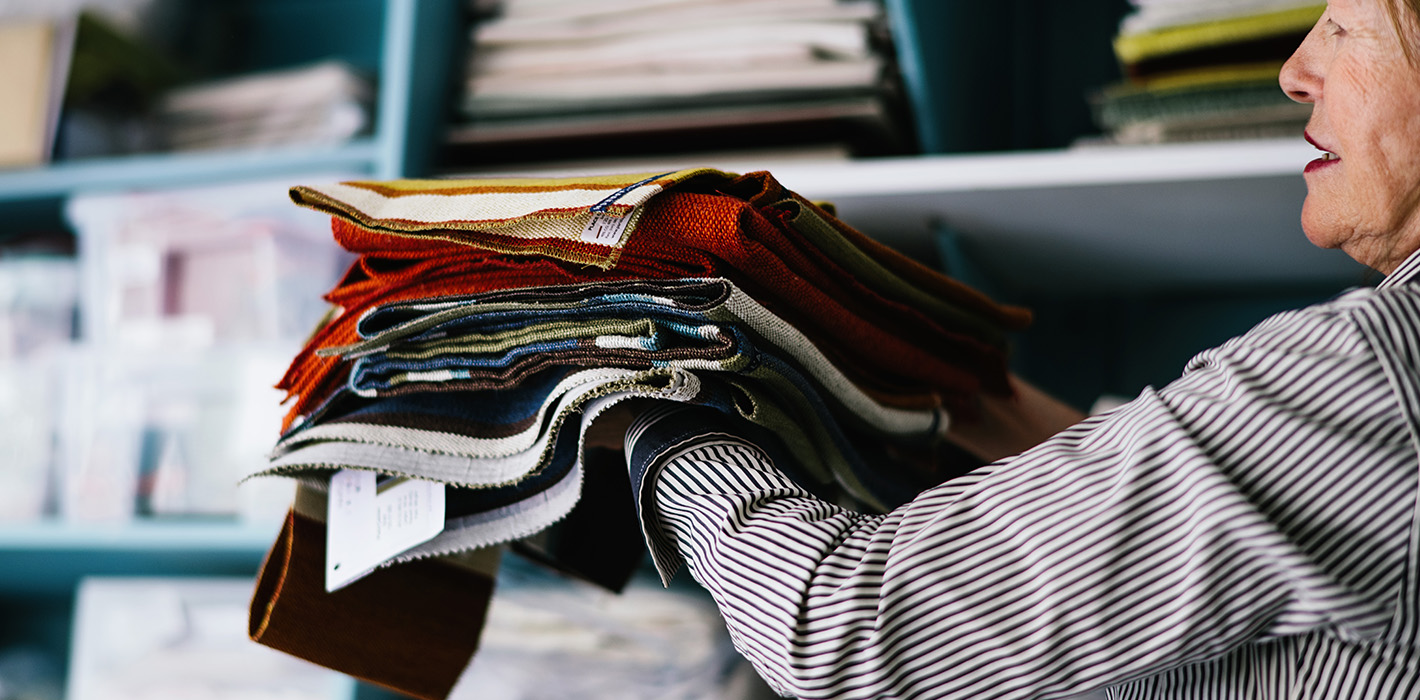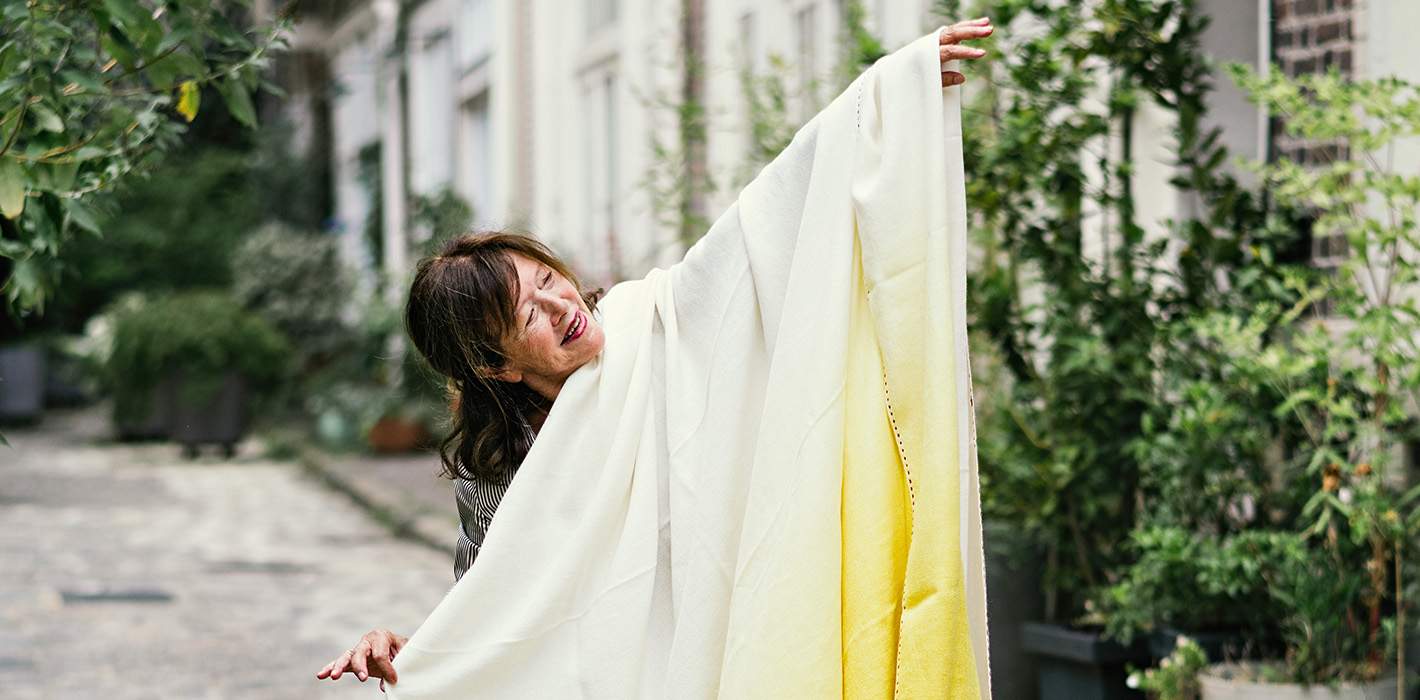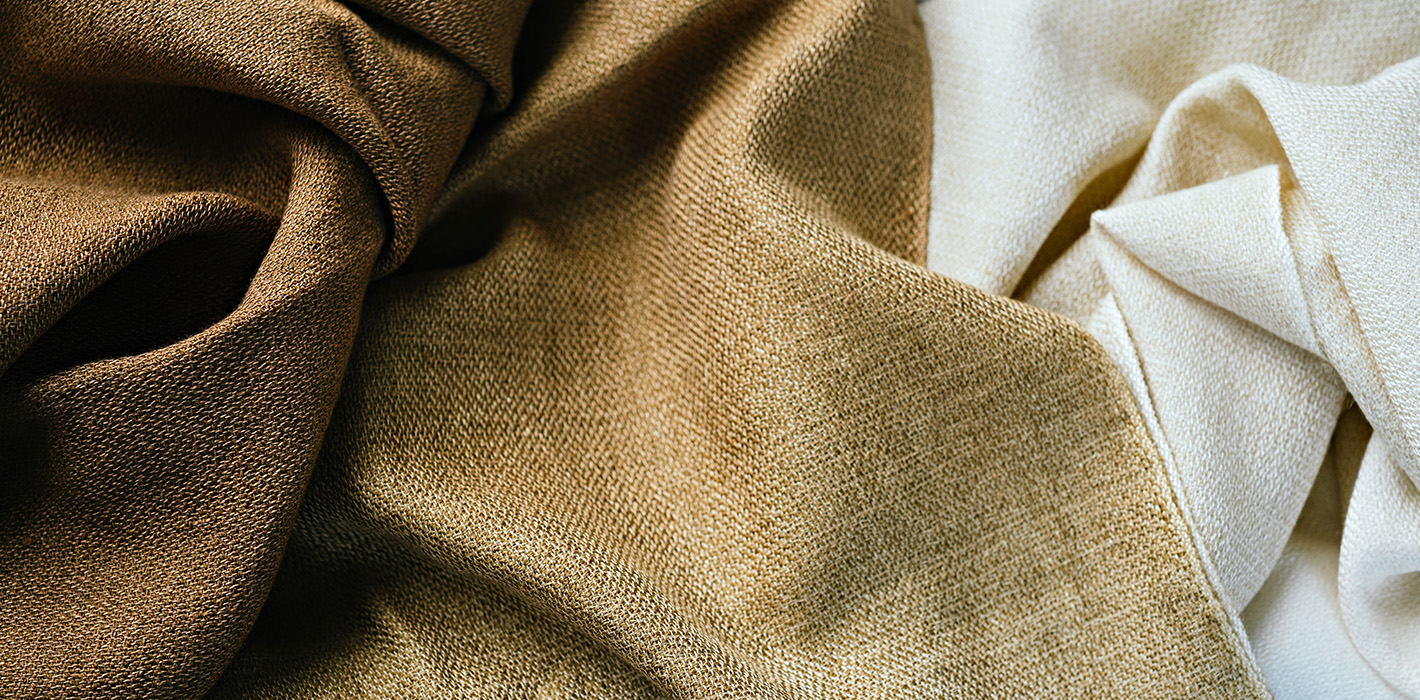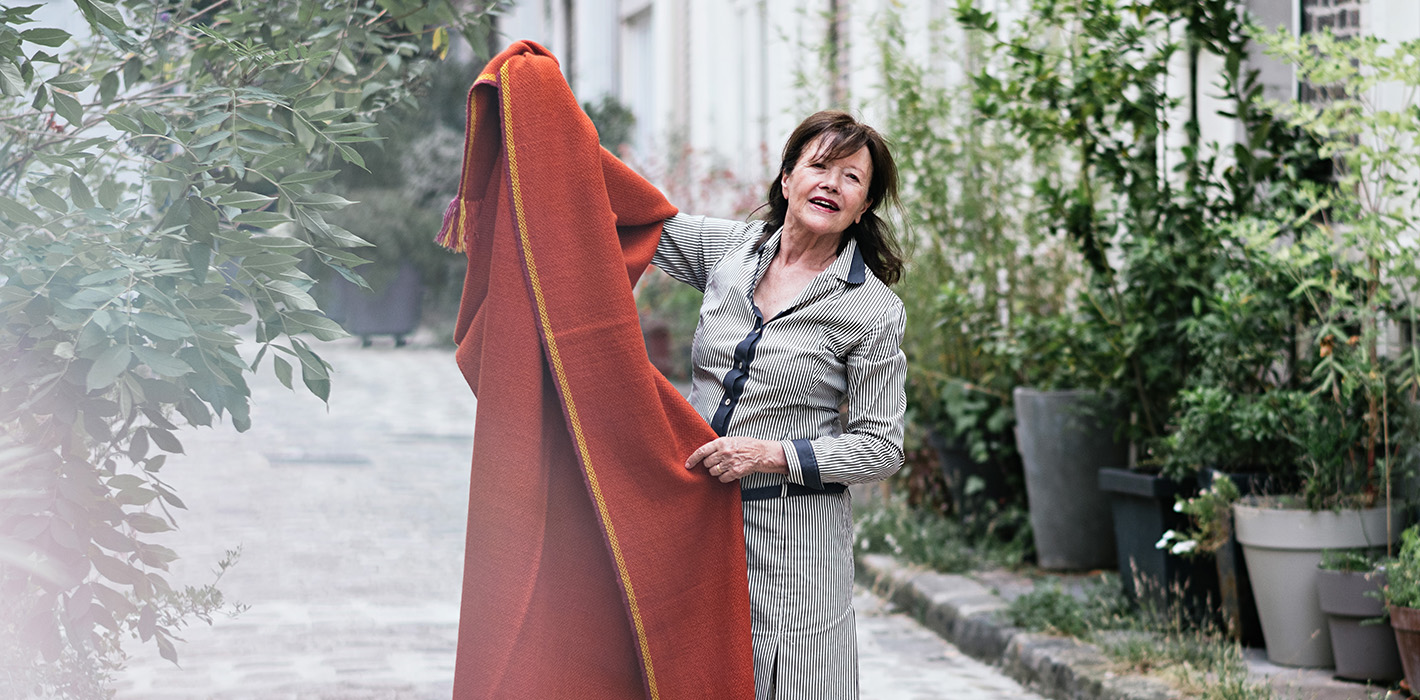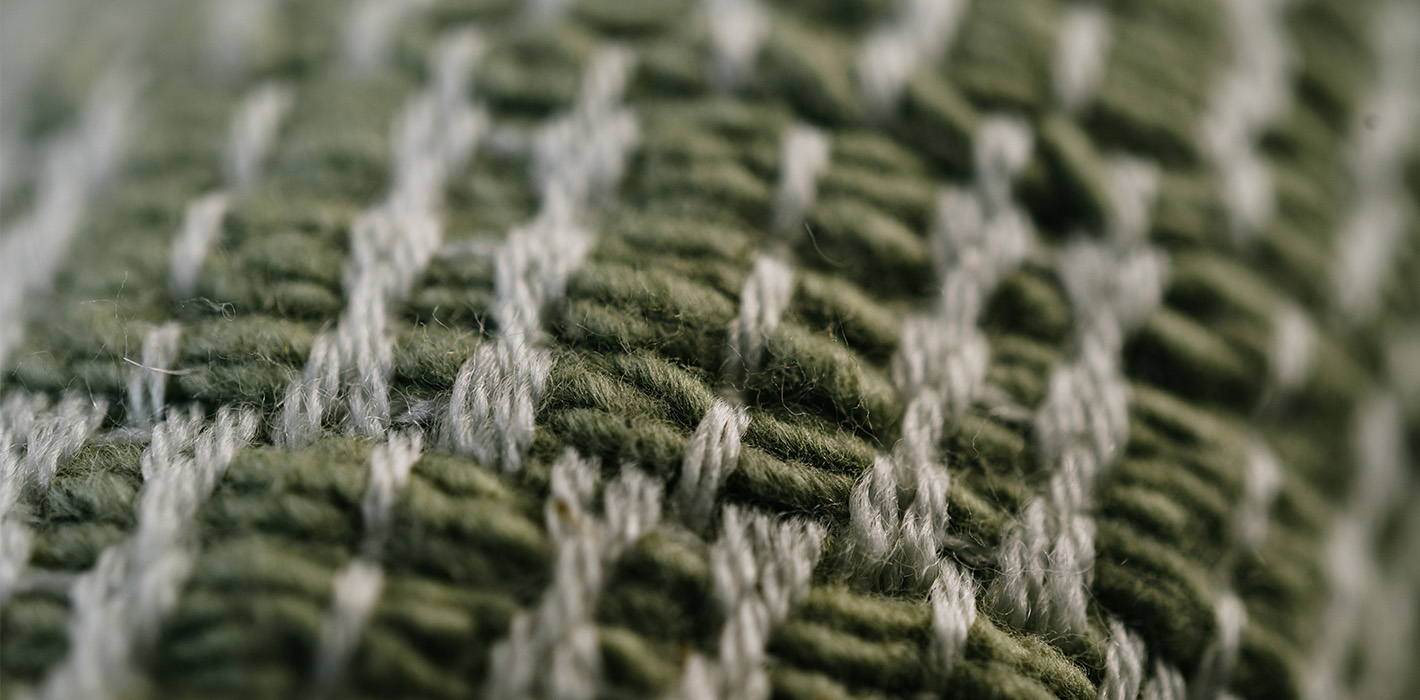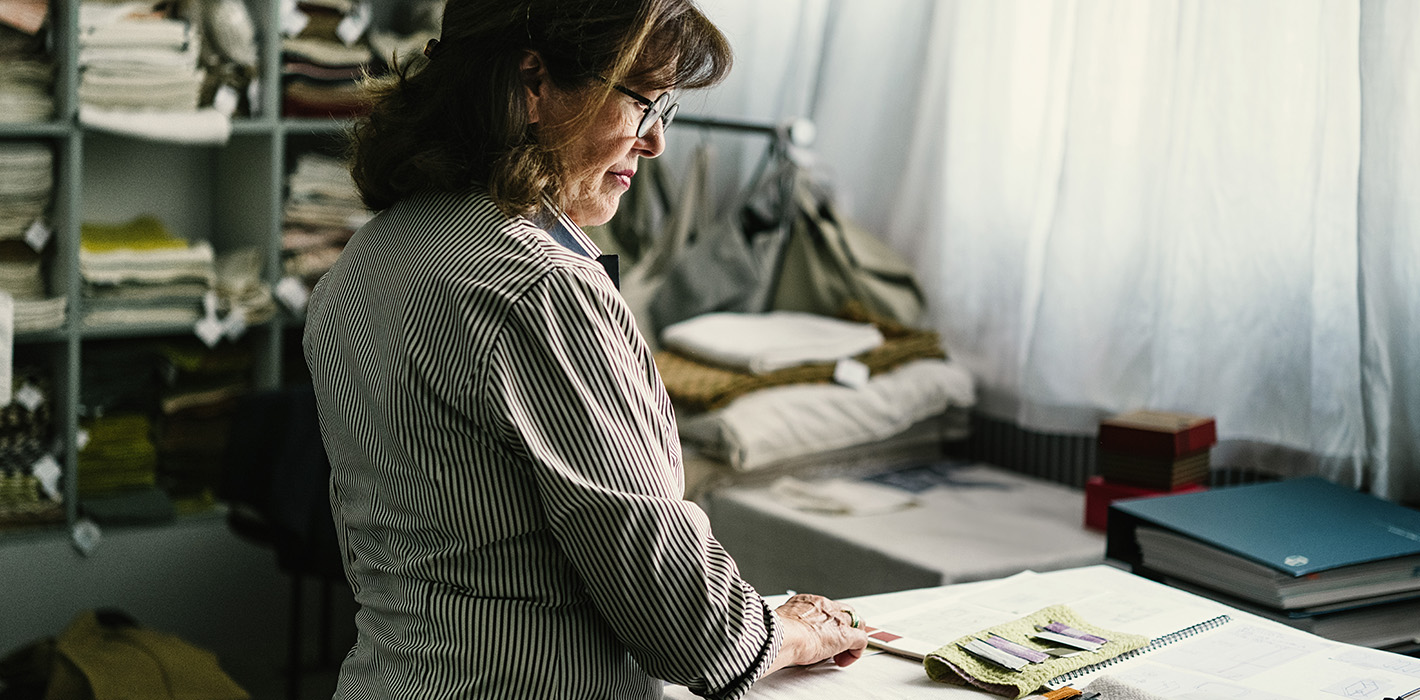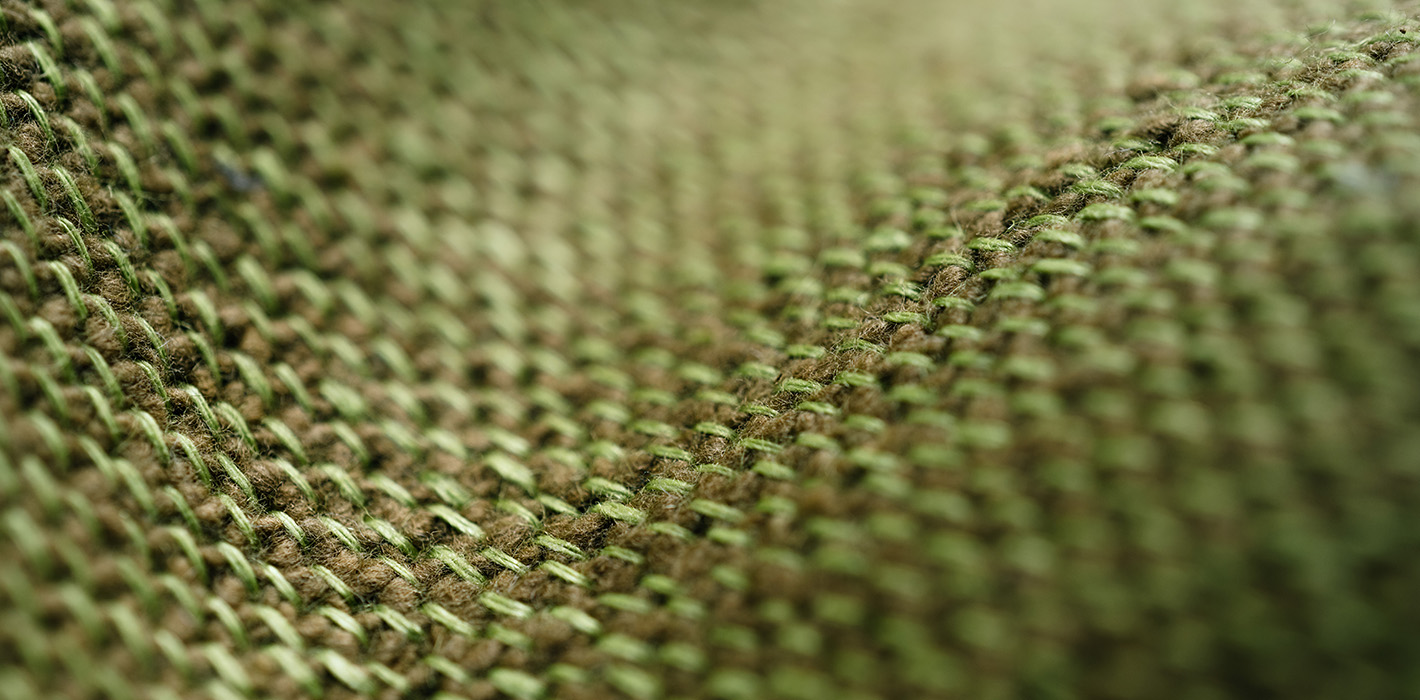Dominique Chevalier
Founder of Paris l’après-midi
Meet Dominique Chevalier, founder of Paris l’après-midi. Discover her journey, from her father’s textile spinning mill to textile publishing, and her training at the Beaux-Arts. She reveals her deep passion for materials and artisanal craftsmanship.
How did your love for textiles begin, and what is your background?
My father owned a textile spinning mill where he developed fancy fabrics. I was often in contact with the factory’s operations, and my father would show me the modifications he made to the spindles he invented to create special threads, highly valued by weavers. Additionally, I enjoyed creating and making my own clothes. Later, I studied at the Beaux-Arts, specializing in painting. With my first husband, we owned an art gallery and met many artists… After the divorce, I changed direction to earn a living, working in sales for foreign publishers and created “Ido Diffusion” to distribute fabrics, leathers, furniture, etc. It was in this context that I decided to start my own textile publishing company.
When did you create Paris l’après-midi and why did you choose that name?
Paris was a city that fascinated me when I lived in the north of France. Living there and raising children never changed my feelings for the city. When I decided to start my textile publishing company, it seemed obvious that Paris should be part of its name. The search for the right name wasn’t easy, but my daughter Éléonore Cheneau, a painter and cinephile, came up with it, inspired by the New Wave film L’Amour l’après-midi by Éric Rohmer. She also designed the logo.
How do you meet and select the partner workshops you work with?
I choose the manufacturers I work with by visiting specialized trade shows and through agents representing them in France. I’ve had some issues with a few of them, and I had to change and adapt the fabrics with other manufacturers. I visit these factories to fully understand their specific expertise and to check samples as the creation of a fabric evolves. For the workshops that produce the handmade pieces in my collections, finding them was a long journey, through personal and friendly connections.
Of all the natural fibers you work with, which one surprises you the most?
My favorite fiber is yak wool; it’s almost as soft as cashmere but much less exploited. The Kullu that develops around the animal’s neck is a longer fiber than cashmere, which makes it less prone to pilling. I’ve been around these hardy animals, which are highly useful to Tibetan populations. There are a few rare albino yaks, and their white Kullu is used for lighter shades.
Photos : ©Franck Juery
